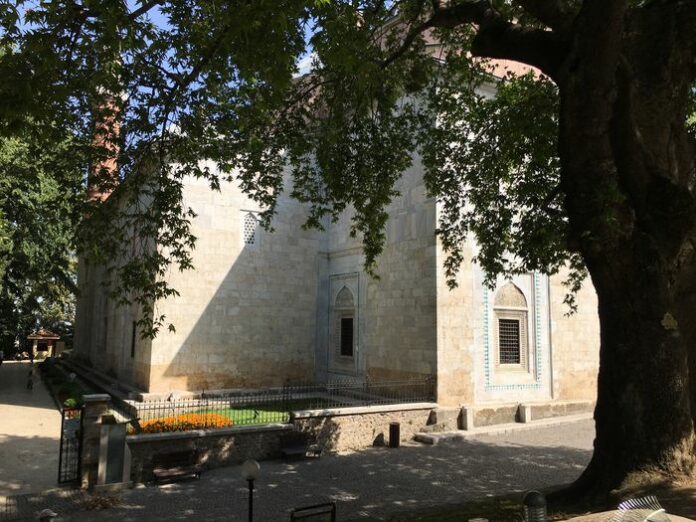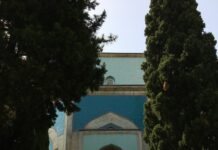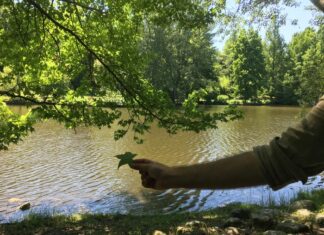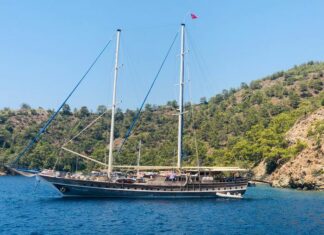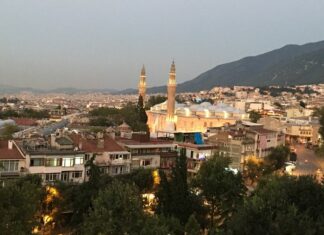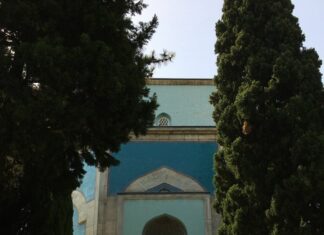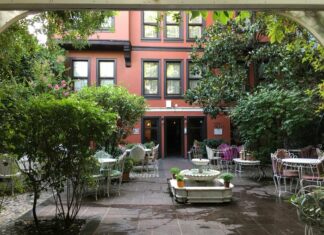Exploring Ancient Legends
Beyond Anadoli Kavak lies another heavily-armed battery, and just above this is The Giant’s Mount, known as Yosha Daghl (Joshua’s Mount) by the Turks. According to tradition, the grave on the top is believed to be that of Joshua. The mountain, the highest on the Bosporus, reaches 650 feet above sea level, offering a splendid view. It was formerly called the Couch of Hercules, but the legend connected with it tells of the burial site of the giant Amycus, King of the Bebryces, slain by Pollux during the return of the mythical Argonauts. Dervishes watch over the grave, measuring 24 feet in length and 4 feet in width. The small mosque among the surrounding trees, built by a grand vizier of Sultan Osman III., stands on the site of the church erected by Justinian to St. Pantaleon Exploring Enchanting Valleys of Bosporus. The quaint village at the bay’s foot is named Umraniye, where the steamer stops to embark and disembark passengers.
Hunkiar Iskelesi A Palace’s History and Strategic Significance
The next station is Hunkiar Iskelesi, where the Byzantine Emperor’s summer palace, known as the Miloudion, once stood. It crumbled away and disappeared in the first century after the city’s conquest by the Turks, transforming into a wooded area reserved for sultans who enjoyed hunting. Later, Suleiman the Magnificent erected a palace there Istanbul Custom Tours, subsequently restored by Mahmud I. in 1746. Hunkiar Iskelesi served as the camp for Crusaders under Ludwig VII in 1157 and for the Russian army, around 10,000 strong, led by General Muradiew in 1838 to defend Turkey against Ibrahim Pasha of Egypt. A granite pyramid with a Turkish inscription commemorates the latter event. It is also the site where the treaty of Hunkiar Iskelesi was signed, ensuring the closure of the Dardanelles to foreign fleets.
